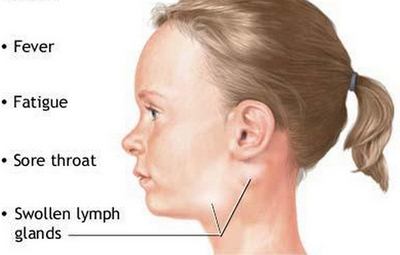Top 10 Trilipix Side Effects
Trilipix or fenofibric acid is a lipid lowering medication. Fenofibric acid is the metabolite of fenofibrate. Fenofibrate is a white to yellowish powder, which is freely soluble in water. Trilipix oral preparations are contained is delayed release capsules.

Trilipix Side-effects
Trilipix side-effects result from the lowering of cholesterol synthesis. Cholesterol is essential for body processes especially the maintenance of cell membranes. Side-effects of Trilipix include:
1. Rhabdomyolysis
The reduction in cholesterol synthesis causes changes in the cell membrane wall of skeletal muscle cells. As a result, the muscle fibers are destroyed. Rhabdomyolysis is a fatal disease that can be life-threatening. Patients taking Trilipix should monitor for signs of muscles pains and dark urine because these may indicate rhabdomyolysis as Trilipix side-effect.
2. Myalgia and Muscle spasms
As a result of muscle fiber destruction, the patient may experience myalgia or muscle pain. This Trilipix side-effect can be managed by analgesics and anti-inflammatory medications.
3. Increased CPK
CPK or creatine phosphokinase are chemicals released in the blood because of death of tissues. Specifically, there is an increase in CPK-MM as a Trilipix side-effect, because of destruction of skeletal muscles. Increased CPK is usually diagnosed through blood tests and management of this Trilipix side-effect relies on the actual cause of the condition.
4. Acute Renal Failure
The death of muscle cells produces myoglobin as Trilipix side-effects. The build-up of myoglobin in the kidneys results in kidney failure. Kidney failure is managed through dialysis, limitation of salt intake and water to prevent build-up and edema.
5. Increased ALT
ALT or alanine aminotransferase is an enzyme that increases when problems in the liver occur. Trilipix is metabolized in the liver which means that any over dose or overuse of the drug may result in liver disease as Trilipix side-effect. ALT is detected through liver function test.
6. Increased AST
AST or aspartate aminotransferase is also a liver enzyme elevated during Trilipix therapy. It is important to detect the levels of liver enzymes to determine any ongoing liver problem as Trilipix side-effect.
7. Hepatitis
Liver toxicity as Trilipix side-effect may result as a result of high levels of Trilipix in the liver. Hepatitis is managed through administration of immunoglobulin and albumin or high protein diet.
8. Cirrhosis
The result of liver damage is cirrhosis, which is the permanent scarring of the liver. Prolonged use of Fenofibrate severely damages the liver because the organ is responsible for metabolizing it. Cirrhosis is usually managed by supportive administration of corticosteroids, B vitamins, fat soluble vitamins and high protein diet. This Trilipix side-effect is permanent because cirrhotic cells do not regenerate.
9. Abdominal Pain
Inflammation of the liver caused by hepatotoxicity may present as abdominal pain on the right upper quadrant. Pain may be treated using anticholinergics to reduce muscle spasms.
10. Other minor Trilipix side-effects
- Dyspepsia
- Diarrhea
- Constipation
- Nausea
- Sinusitis
- Headache
- Dizziness
- Fatigue
These Trilipix side-effects are a result of altering the cell membranes because of reduction in total cholesterol.
Despite the side-effects, Trilipix is essential for lowering the lipid levels in the body to prevent more life-threatening diseases such as atherosclerosis and coronary artery disease that may lead to myocardial infarction and stoke. Proper prescription and compliance to therapy is essential to manage hyperlipidemia.
